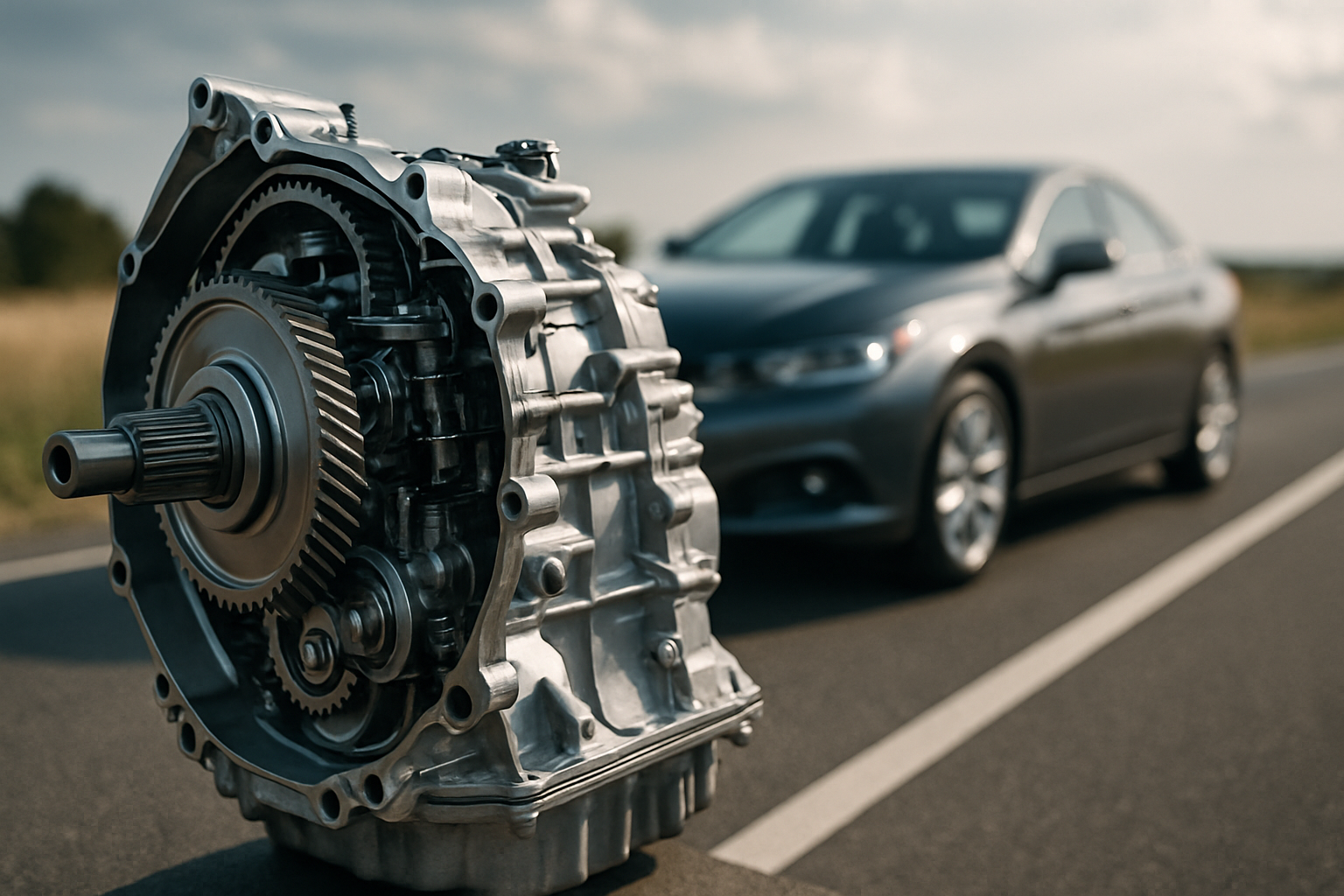Complete Guide to Understanding Second-Hand Car Markets
The second-hand car market represents a significant portion of automotive sales worldwide, offering consumers affordable alternatives to new vehicles. Understanding how these vehicles are evaluated, their typical characteristics, maintenance requirements, and environmental implications can help potential buyers make informed decisions when entering this diverse marketplace.

How Second Hand Cars Are Inspected and Evaluated
Professional inspection of second-hand vehicles follows a systematic approach that covers multiple critical areas. Mechanical assessments typically include engine performance testing, transmission evaluation, brake system inspection, and suspension component analysis. Visual inspections examine the vehicle’s exterior for rust, dents, paint inconsistencies, and signs of accident damage, while interior assessments focus on wear patterns, electronic system functionality, and overall condition.
Documentation review forms another crucial element of the evaluation process. Inspectors verify vehicle history reports, maintenance records, title status, and mileage accuracy. Many evaluation services utilize diagnostic tools to scan for error codes, assess emissions compliance, and verify that all safety systems function properly. Independent mechanics often provide more thorough inspections than dealership assessments, though costs may vary depending on the inspection’s comprehensiveness.
Typical Features of Second Hand Cars
Second-hand vehicles exhibit certain characteristics that distinguish them from new cars. Depreciation typically reduces their market value significantly, making them more accessible to budget-conscious consumers. Most used vehicles show normal wear indicators such as interior fabric aging, minor exterior scratches, and component replacement needs based on mileage and age.
Technology features in second-hand cars vary considerably depending on the vehicle’s manufacturing year. Older models may lack modern connectivity options, advanced safety systems, or fuel-efficient technologies found in contemporary vehicles. However, many used cars retain essential features like air conditioning, power steering, and basic audio systems. Some previously owned vehicles may include aftermarket modifications or upgrades installed by previous owners, which can either enhance or detract from their overall value.
Maintenance and Servicing Patterns of Second Hand Cars
Second-hand vehicles typically require more frequent maintenance attention compared to new cars due to component aging and previous usage patterns. Common maintenance needs include regular oil changes, brake pad replacements, tire rotations, and fluid system servicing. Vehicles with higher mileage often require timing belt replacements, suspension work, and cooling system maintenance.
Service history documentation significantly impacts a used car’s reliability and future maintenance requirements. Well-maintained vehicles with complete service records generally experience fewer unexpected repairs and maintain better performance over time. Buyers should budget for immediate maintenance needs identified during pre-purchase inspections, as well as ongoing servicing costs that may exceed those of newer vehicles. Independent repair facilities often provide more cost-effective maintenance solutions compared to dealership services for older vehicles.
Environmental Impact of Second Hand Cars
The environmental implications of second-hand car ownership present both advantages and disadvantages. Purchasing used vehicles extends their operational lifespan, reducing the environmental costs associated with manufacturing new automobiles. This practice conserves raw materials, reduces energy consumption in production facilities, and minimizes transportation-related emissions from factory-to-dealership delivery.
However, older vehicles typically produce higher emissions levels due to less efficient engines and potentially degraded emission control systems. Fuel economy in used cars may be lower than modern alternatives, resulting in increased carbon footprint per mile driven. The environmental benefit of choosing second-hand vehicles depends largely on factors such as the vehicle’s age, maintenance history, and intended usage patterns compared to available alternatives.
| Vehicle Category | Average Price Range | Typical Mileage | Common Features |
|---|---|---|---|
| Compact Cars | $8,000 - $15,000 | 60,000 - 100,000 miles | Basic safety, manual/automatic transmission |
| Mid-size Sedans | $12,000 - $22,000 | 40,000 - 80,000 miles | Enhanced comfort, moderate technology |
| SUVs | $15,000 - $30,000 | 50,000 - 90,000 miles | All-wheel drive, cargo capacity |
| Luxury Vehicles | $20,000 - $45,000 | 30,000 - 70,000 miles | Premium features, advanced technology |
Prices, rates, or cost estimates mentioned in this article are based on the latest available information but may change over time. Independent research is advised before making financial decisions.
The second-hand car market continues evolving as consumer preferences shift and vehicle technology advances. Understanding inspection processes, typical vehicle characteristics, maintenance requirements, and environmental considerations enables buyers to navigate this market effectively. While used vehicles may require additional maintenance attention and produce higher emissions than new alternatives, they offer significant cost savings and contribute to resource conservation through extended vehicle lifecycles. Thorough research and professional inspections remain essential components of successful second-hand car purchases.




